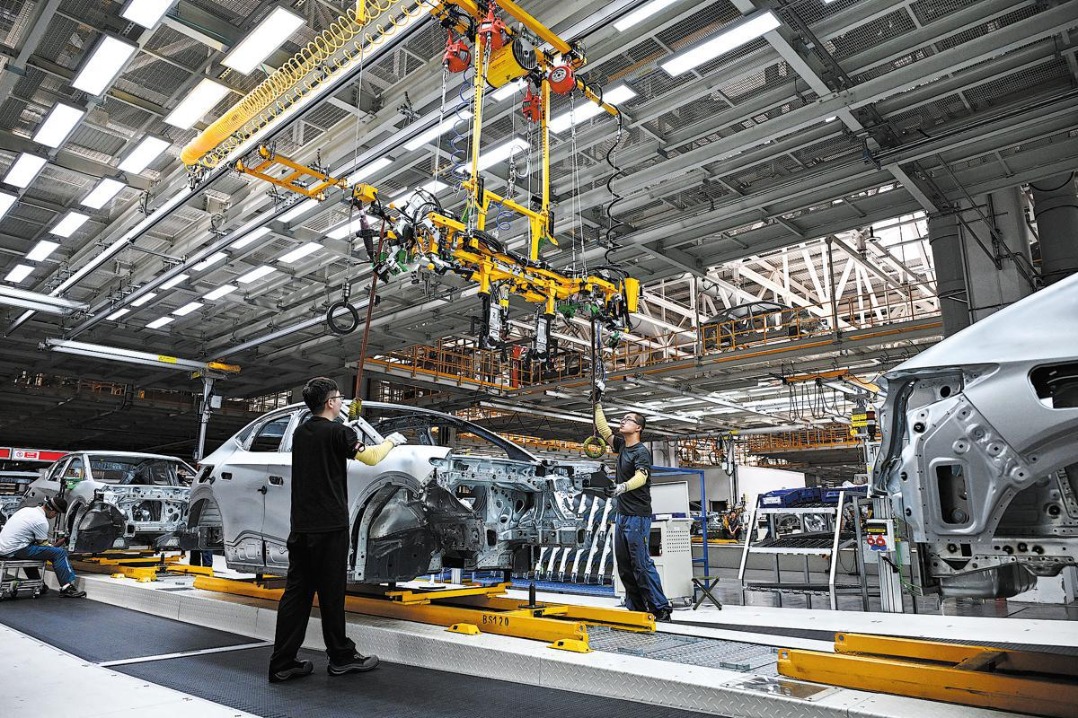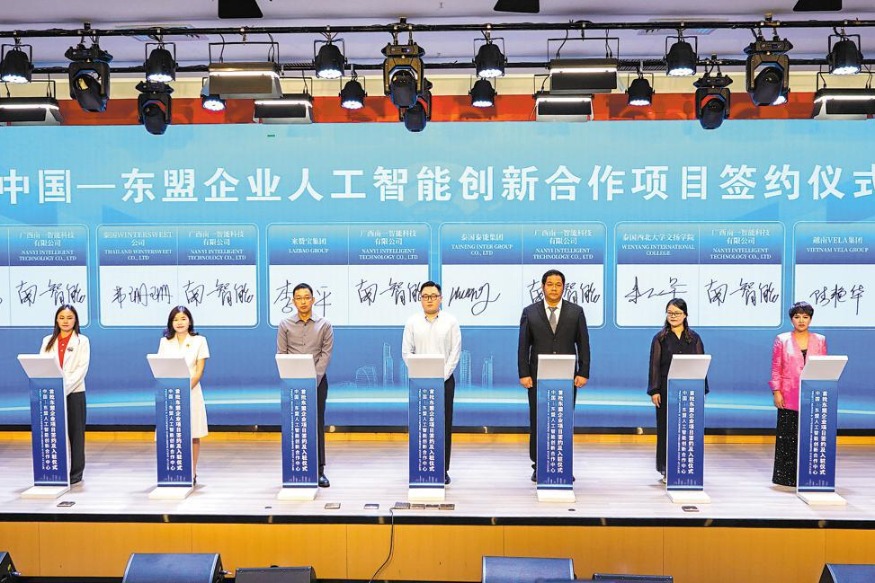Optimism grows for Chinese manufacturing


Anti-globalization appears contagious at the moment, leading to concerns about downward pressures on the Chinese economy and pessimistic expectations about the Chinese manufacturing industry. However, there is a great deal of proof that China, as the largest manufacturing country globally, still has great potential for development and a promising future.
The most promising factor is that the Chinese government prioritizes manufacturing and gives policy preferences to the manufacturing industry. From central to local government, all administrative officers strive to pursue innovation-driven development in the era of intellectual revolution, devoting themselves to administrative approval reductions, efficiency improvements, business environment optimization and investment fulfillment.
Second, the technological superiority of the whole industry chain is a key factor for the long-run development of Chinese manufacturing. China has been establishing a complete industrial system gradually. At present, from low-end production to mid-end assembly to high-end intelligent manufacturing, there is not any country with such strong, complex and integrated industrial chain as China. This is also an advantage for China to take the lead in the era of intelligent revolution.
Third, the talent advantage. Chinese universities train an average of five million outstanding graduates each year with science and engineering degrees, and have created a talent pool of 80 to 110 million engineers and social workers since China expanded its university enrollment system in 1990. China has the world’s most complete group of engineers. China’s labor cost per capita is still one-fourth of Japan’s and one-seventh of Europe’s and the US’, and this guarantees goods produced in China are high-quality and low-cost.
Fourth, market superiority. The Chinese market, with 1.4 billion people, is unparalleled in the world. In recent years, many second- and third-tier cities, such as Chengdu, Hefei, Wuhan and Zhengzhou, have experienced a collective explosion in the manufacturing and consuming markets, leading to a successful transition and sustainable growth in the Chinese economy. With an annual increase of 20 million urban residents, intrinsic savings of 60 trillion yuan are gradually converting into expenditures. Consumption has become the primary motivator for economic growth, making it possible for China to surpass the US to become the world’s largest consumer market. In addition, the Belt and Road Initiative has attempted to shape patterns of international connection to form a more unified market guided by China. These are all positive backgrounds that allow the Chinese manufacturing industry to continuously develop in the world.
But the challenges in China are myriad. Policies for supporting manufacturing development in China are still insufficient, the effectiveness of comprehensively deepening reform remains to be tested and the multi-level investment and financing system is still incomplete. Fluctuations in global economic growth are increasingly impacting China, and there is still a need to improve China’s education level and consumption stimuli. Core technologies of the manufacturing industry still need a breakthrough, and the difficulties for the “craftsmanship spirit” developing in China are still high. The road of increasing labor productivity per capita is still long and the problems of urban diseases and ecological pollution are still urgent.
The future of Chinese manufacturing industry is certainly not easy, but what the world is optimistic about is China’s social courage and determination to face and solve problems. This is the fundamental driving force for Chinese manufacturing.
The author is the executive dean of the Chongyang Institute for Financial Studies at Renmin University of China.
(The opinions expressed here are those of the writer and do not represent the views of China Daily and China Daily website.)

































